
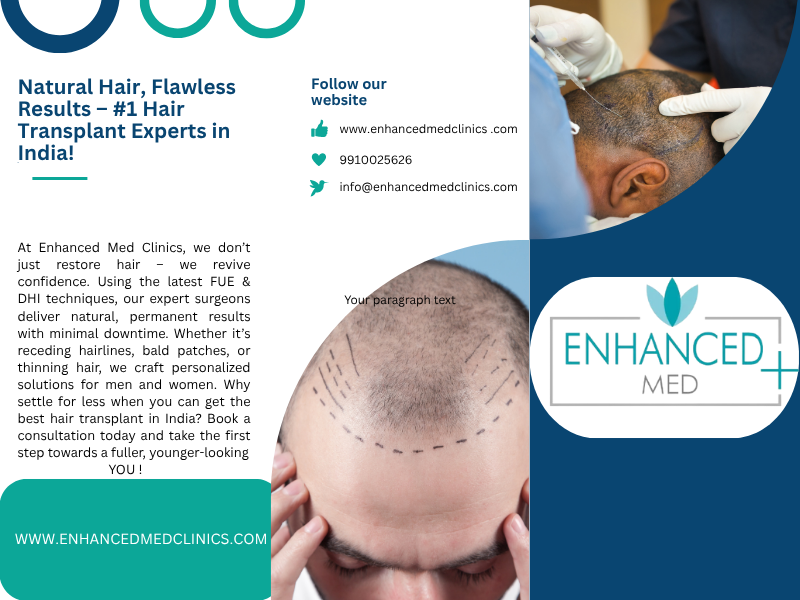 06 Oct, 2025
06 Oct, 2025
Having your hair grown back from a hair transplant can be life-changing and can shift your sense of self-esteem into a more uplifted one. This transformation is easily achieved through EnhancedMed Clinics’ approach, as they believe that a patient who has all the relevant knowledge forms a better partnership when it comes to their health.
From a transplant point of view, they provide comprehensive documentation to reduce client anxiety and focus on concerns that begin to appear after 10 days post hair transplant. Common queries include: “Is hair shed normal?”, “What is the retention rate?”, “What’s the timeframe for hair shedding?”, and “How long do hair transplants last?”
EnhancedMed Clinics makes post-operative hair transplant care simple and easy to understand through a stepwise scientific approach, supported by refined techniques such as FUE and DHR.
The 10th day after a hair transplant is often a memorable one. Patients eagerly await this stage as it signifies that recovery is well underway and the scalp starts looking cleaner and healthier. Many people imagine the ideal outcome they’ve seen online, but reality unfolds differently for every individual.
Scabbing Phase is Concluding: By day ten, the small scabs or crusts that formed around transplanted grafts have typically loosened and fallen off, aided by a gentle prescribed washing routine. The donor and recipient areas now appear much cleaner.
Shedding Is Forthcoming or Underway: It is absolutely normal for transplanted hairs to begin shedding—a process called shock loss. Only the hair shafts fall out, while the follicles remain alive and firmly rooted. So, when asked, “Will transplanted hair fall out?”, the answer is a confident YES – temporarily.
Reduction in Redness: Any redness or pinkness, especially in lighter-skinned patients, is now diminishing and can easily be camouflaged.
Donor Area Healing: Whether FUE or FUT, tightness or sensitivity in the donor area has greatly reduced. Small FUE dots or FUT suture lines are now healing neatly.
Washing: You may begin a gentle, normal washing routine using a pH-balanced non-medicated shampoo. Always pat dry—avoid rubbing.
Physical Activity: Light exercise is acceptable, but avoid any activity that causes heavy sweating or high blood pressure, as it may irritate the scalp.
Protection: The scalp remains delicate. Avoid direct sunlight, and if necessary, wear a clean, loose hat. Do not scratch or rub the scalp.
This stage bridges the early post-surgery phase with the period where new hair growth begins. Patience is crucial during this time.
Hair restoration is not an instant process. Understanding the biological growth timeline helps set realistic expectations.
Months 1–3: The Resting (Telogen) Phase
After initial shedding, the scalp may appear thinner than before. This is the “ugly duckling phase.” The follicles are healing and preparing for regrowth.
Months 4–6: The Anagen (Growth) Phase Begins
New fine hairs start to appear. This is where the before-and-after difference becomes noticeable.
Months 8–12: Significant Growth and Thickening
Hair begins to thicken, gain pigment, and develop a natural appearance. Around the one-year mark, results become visibly transformative.
Month 18: The Final Result
Full density and maturity are achieved. The complete transformation is visible by this stage.
Almost every patient asks, “Are hair transplants permanent?”
Scientifically, the answer is yes—a successful hair transplant is permanent due to the principle of Donor Dominance.
Hair follicles from the “safe donor zone” (back and sides of the head) are genetically resistant to Dihydrotestosterone (DHT), the hormone responsible for male and female pattern baldness. When transplanted to thinning areas, these follicles retain their DHT resistance and continue to grow normally for life.
In summary:
How long do hair transplants last? A lifetime.
Are hair transplants permanent? Yes.
Does hair transplant last forever? Transplanted follicles do, though natural aging still affects hair texture and growth speed.
It’s essential to distinguish between different types of hair loss after a transplant:
Shock Loss (Temporary): Transplanted hair shafts shed 2–8 weeks post-surgery, but follicles remain healthy and regrow.
Shock Loss of Existing Native Hair (Temporary): Weak existing hairs around grafts may shed but typically regrow.
Progression of Underlying Baldness (Permanent): Genetic hair loss can still continue in non-transplanted areas if Finasteride or Minoxidil are not used.
Cases of transplanted hair falling out after 2 years are extremely rare and usually linked to conditions like Alopecia Areata, autoimmune disorders, or severe malnutrition. With modern methods, graft survival rates exceed 95%.
The chosen hair transplant technique directly affects healing, donor management, and final cosmetic results. EnhancedMed’s refined approach ensures superior integration with minimal scarring.
Procedure: A strip of hair-bearing tissue is removed and sutured. Leaves a fine linear scar that heals gradually.
Healing at Day 10: Noticeable improvement with reduced discomfort. The scar continues to mature over time.
Best For: Patients needing many grafts or with limited donor laxity.
Procedure: Individual follicular units are extracted using micro-punch tools, leaving small, near-invisible scars.
Healing at Day 10: Recovery is faster than FUT, with minimal discomfort and subtle healing.
Best For: Those preferring short hairstyles or faster recovery.
Procedure: An evolution of FUE using the Choi Implanter Pen for simultaneous incision and implantation.
Healing at Day 10: Minimal redness and swelling. Fewer visible incisions create the impression of fuller density early on.
Best For: Patients seeking maximum density and natural hairline design with no visible signs of surgery.
When done correctly, hair transplant surgery can transform lives. Understanding temporary shedding as part of the healing process ensures realistic expectations.
Techniques like FUE, FUT, and DHR guarantee natural, lifelong results when performed by skilled professionals.
EnhancedMed Clinics is more than just a service provider—it’s a long-term partner in your hair restoration journey. From day 10 post-surgery through the entire one-year recovery timeline, their commitment ensures confidence that lasts a lifetime.
Contact EnhancedMed Clinics today to begin your customized consultation and take the first step toward permanent hair restoration and self-confidence.
Get The Best Hair Transplant In Delhi, Book A Free Hair Consultation and we will connect you with a team member who can help.
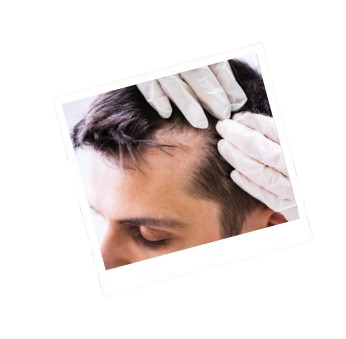
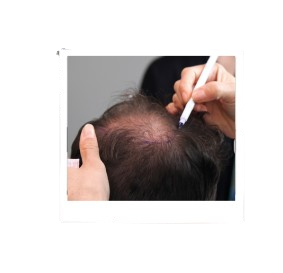
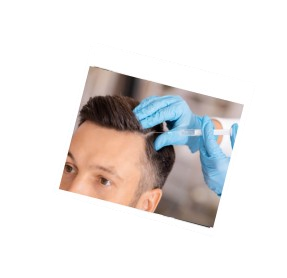
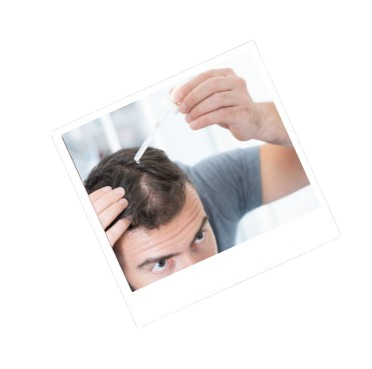
If you’re ready to achieve incredible, natural hair growth, don’t wait! Join the thousands of satisfied patients who have trusted Enhanced Med Clinics for their hair transplant in India. Book your consultation today to begin your journey towards a more confident you.
Book An Appointment